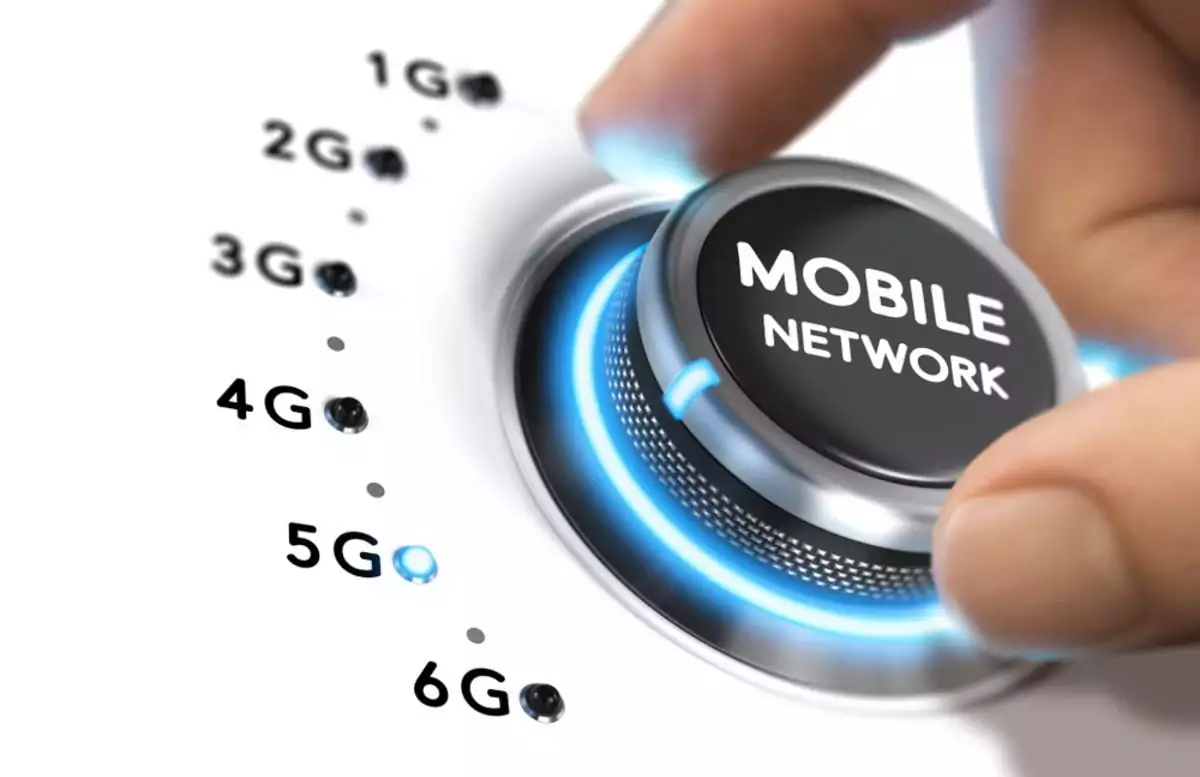Huawei’s chairman Xu Zhijun has used the company’s global analyst conference in Shenzen to announce it intends to launch 6G equipment and subsequent networks in 2030. A white paper is also planned in which Huawei will tell the industry what 6G is.
Cui Baoguo, the deputy dean of the School of Information at Tsinghua University, has predicted that the 6G network speed could reach up to 1,000 gigabytes per second and a delay of 100 us-microseconds. The speed of 6G is 50 times higher than the speeds that we see on 5G networks, and the delay is only one-tenth of the latter.
Needless to say, 6G is way more superior to the 5G network in terms of the peak rate, delay, traffic density, as well as connection density, mobility, spectrum efficiency, and positioning capabilities.
According to experts, a proper 6G network will result in a connected world of terrestrial wireless and satellite communication integration which will result in a seamless global coverage through satellite communication integration.
Moreover, having a 6G network will also result in the overcoming of the current 5G weaknesses, which result in poor connections in high-speed situations. The supported speed exceeds 1,000 kilometres per hour, which means that traveling with 6G will be a lot more convenient.
Needless to say, Huawei might be going through a tough time. Still, if the company successfully manages to bring 6G in the market before the competition does, it will only gain a better competitive edge over the others.



